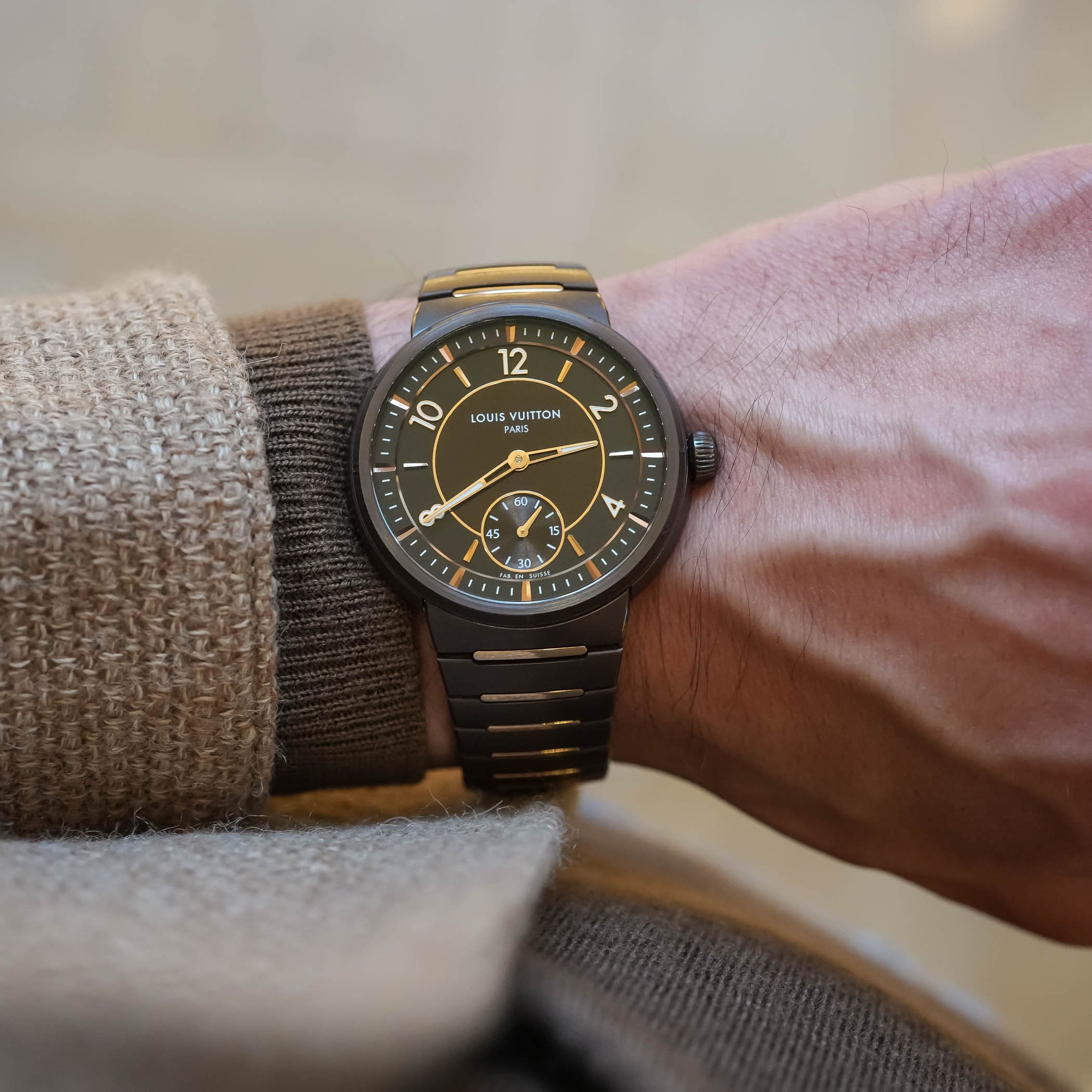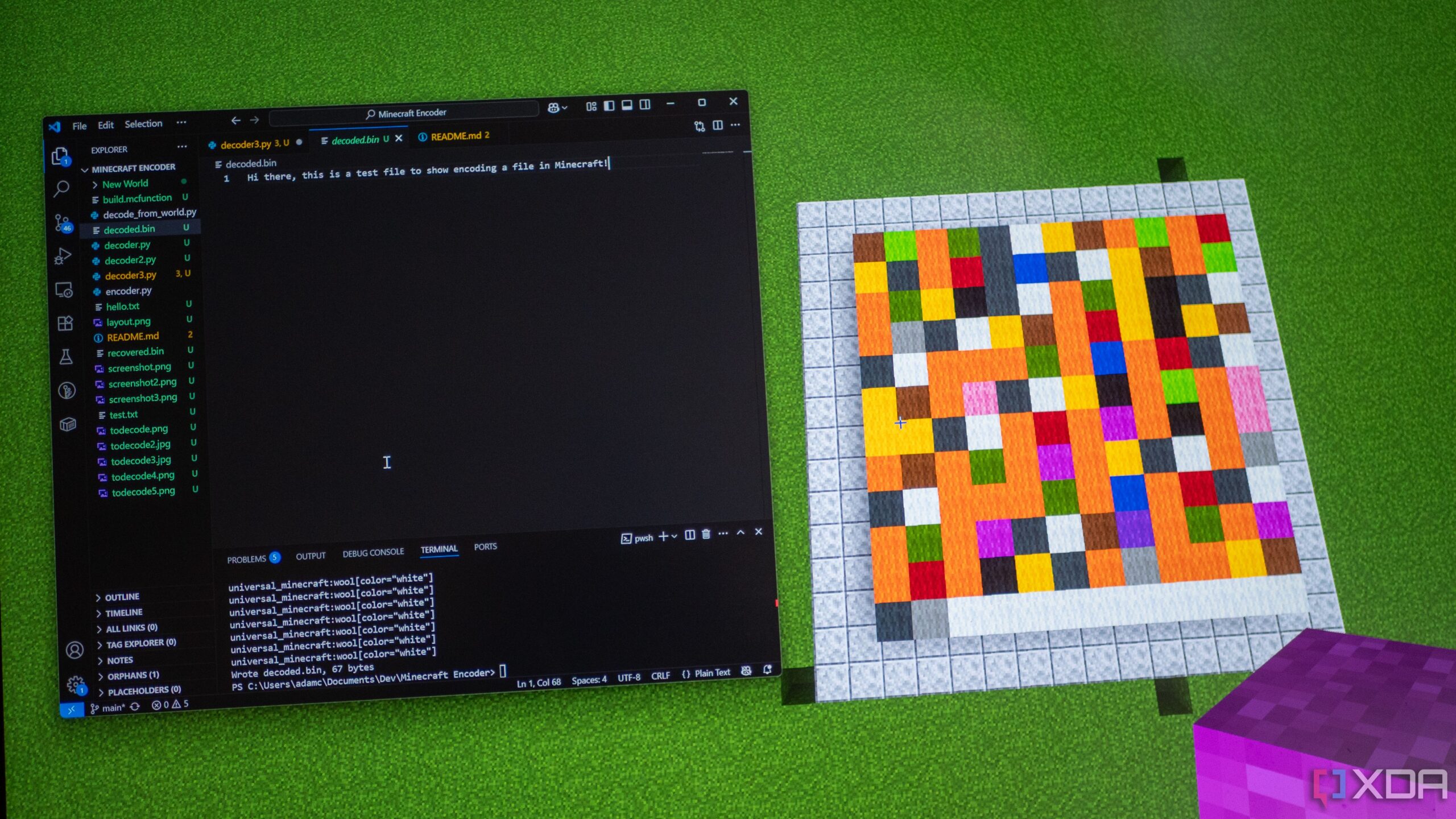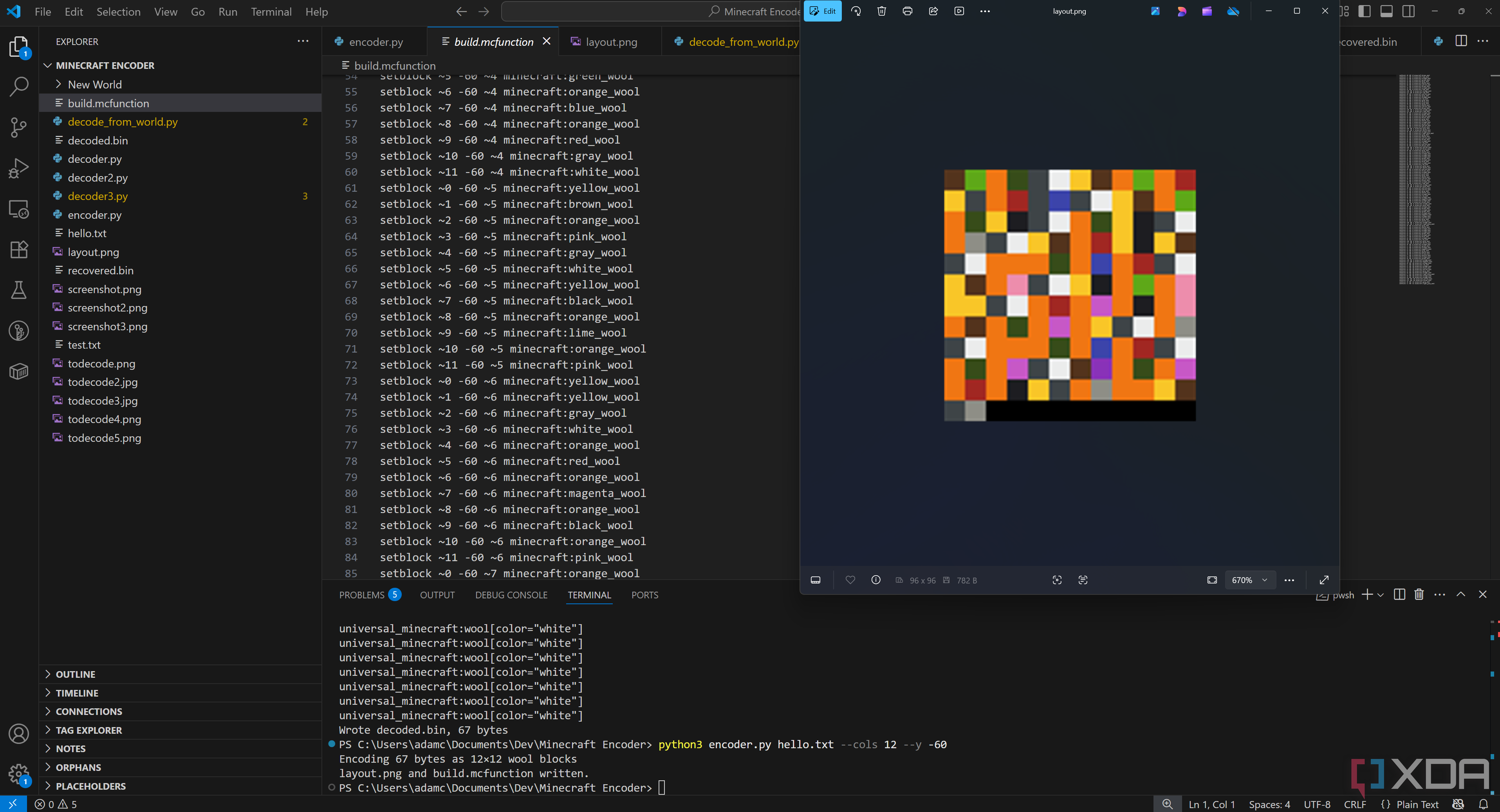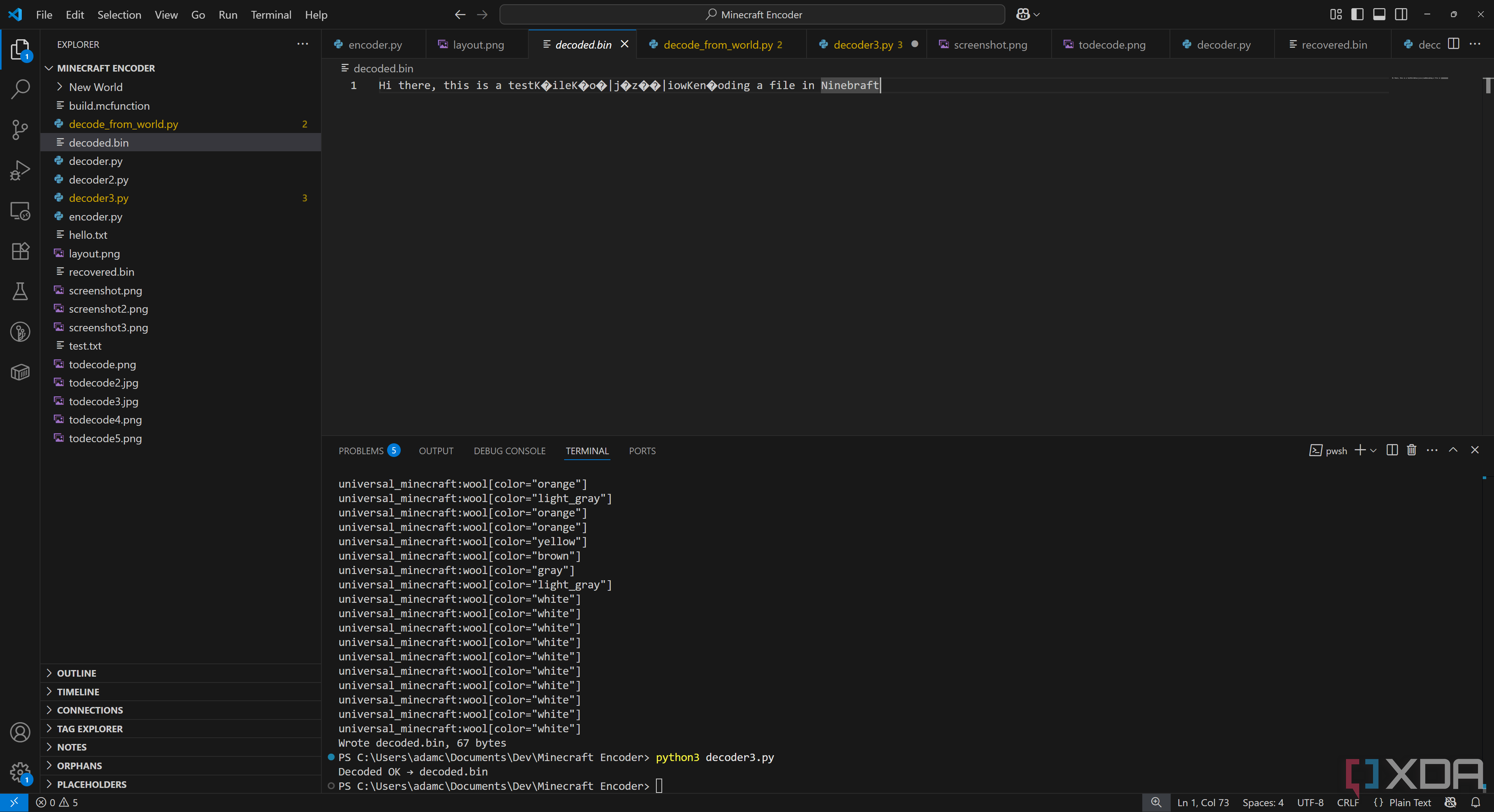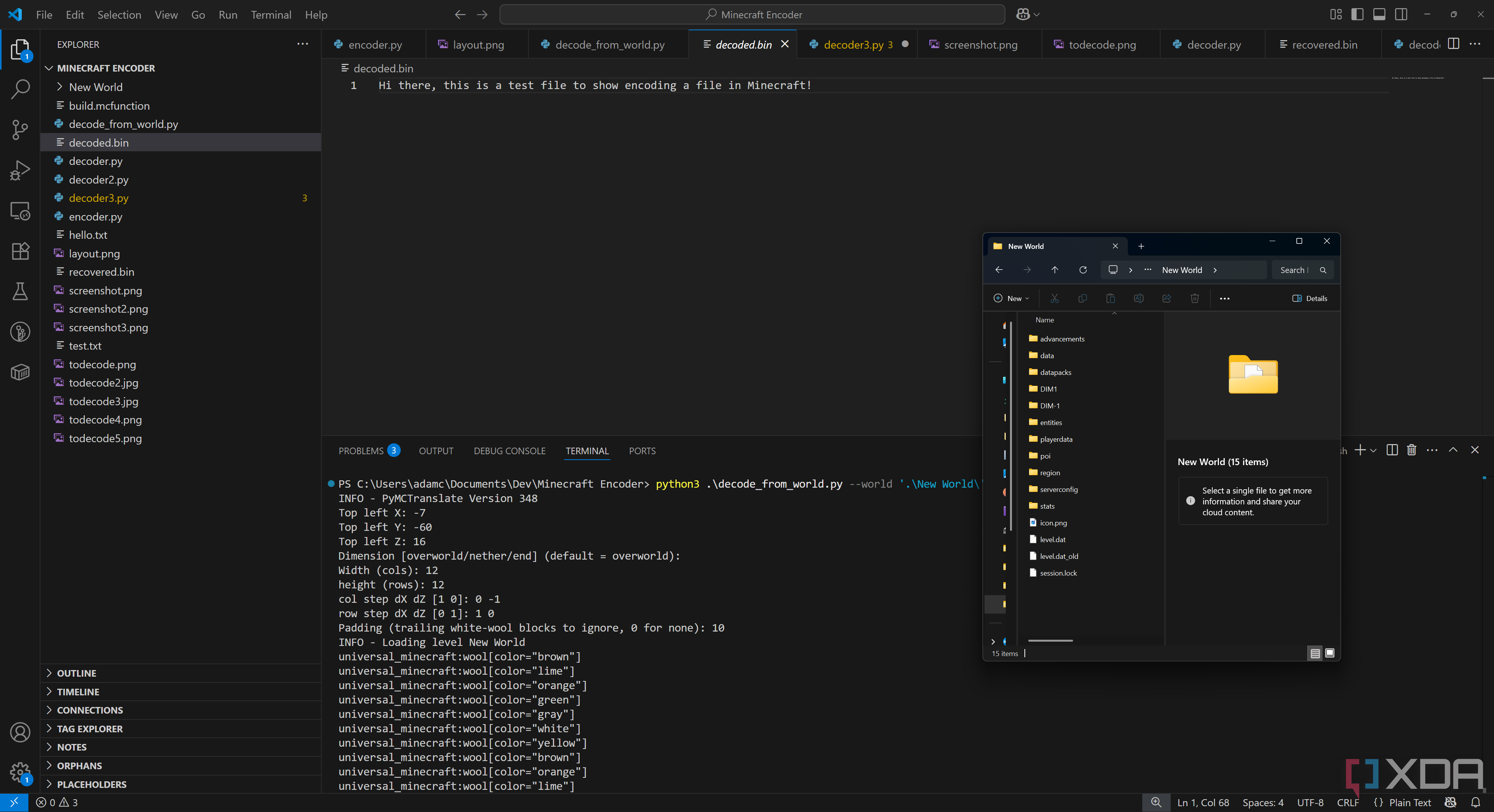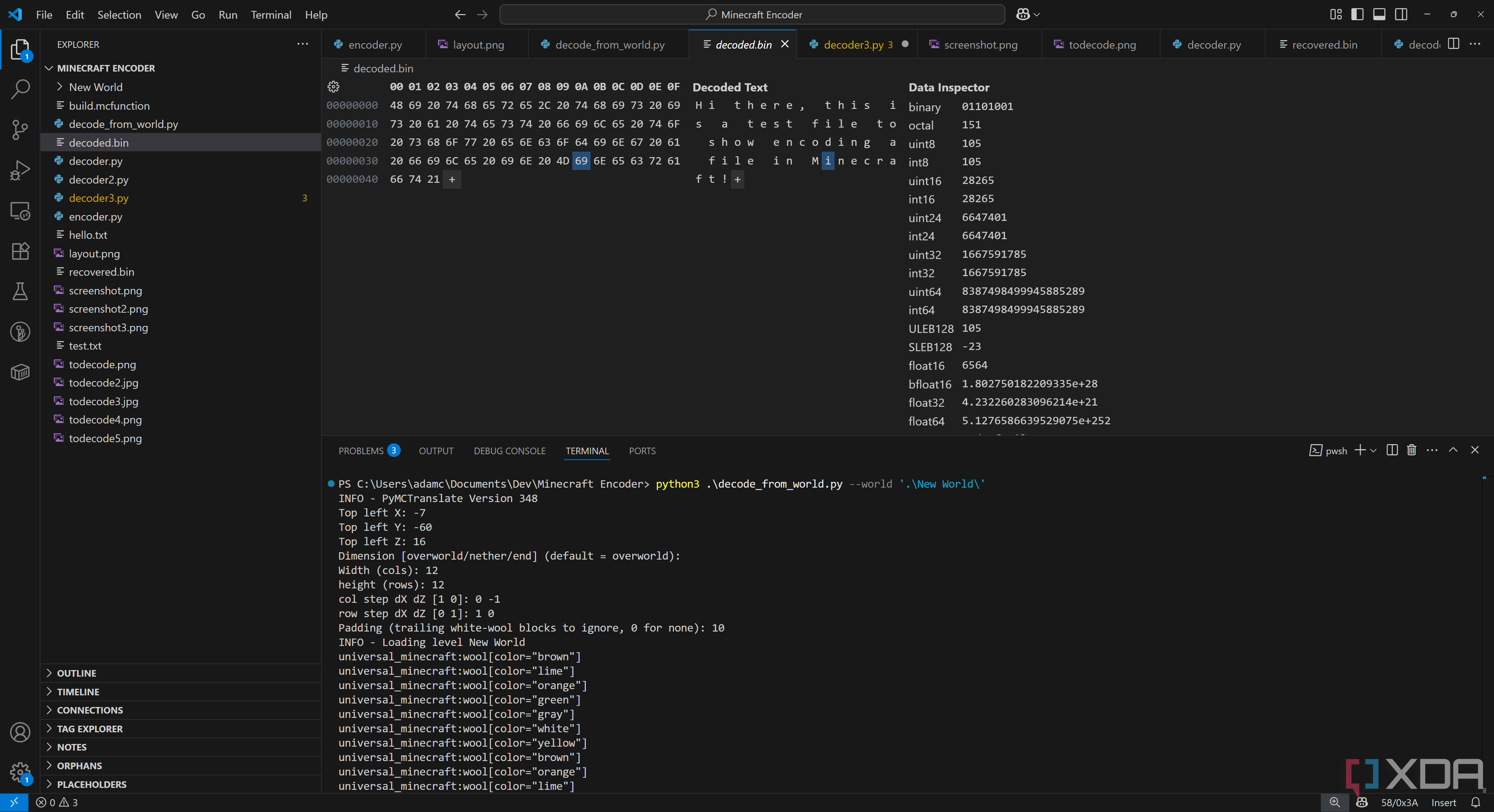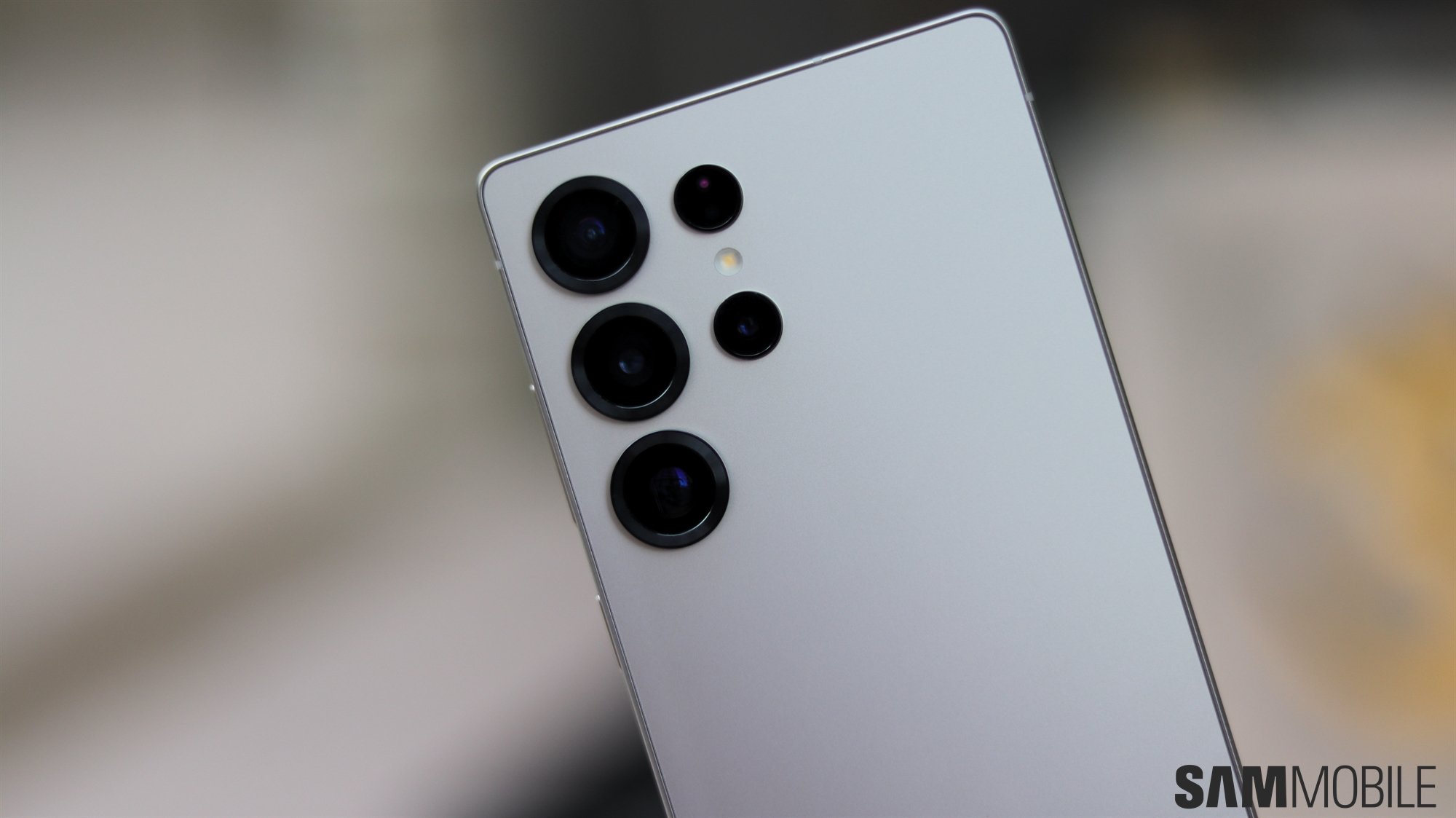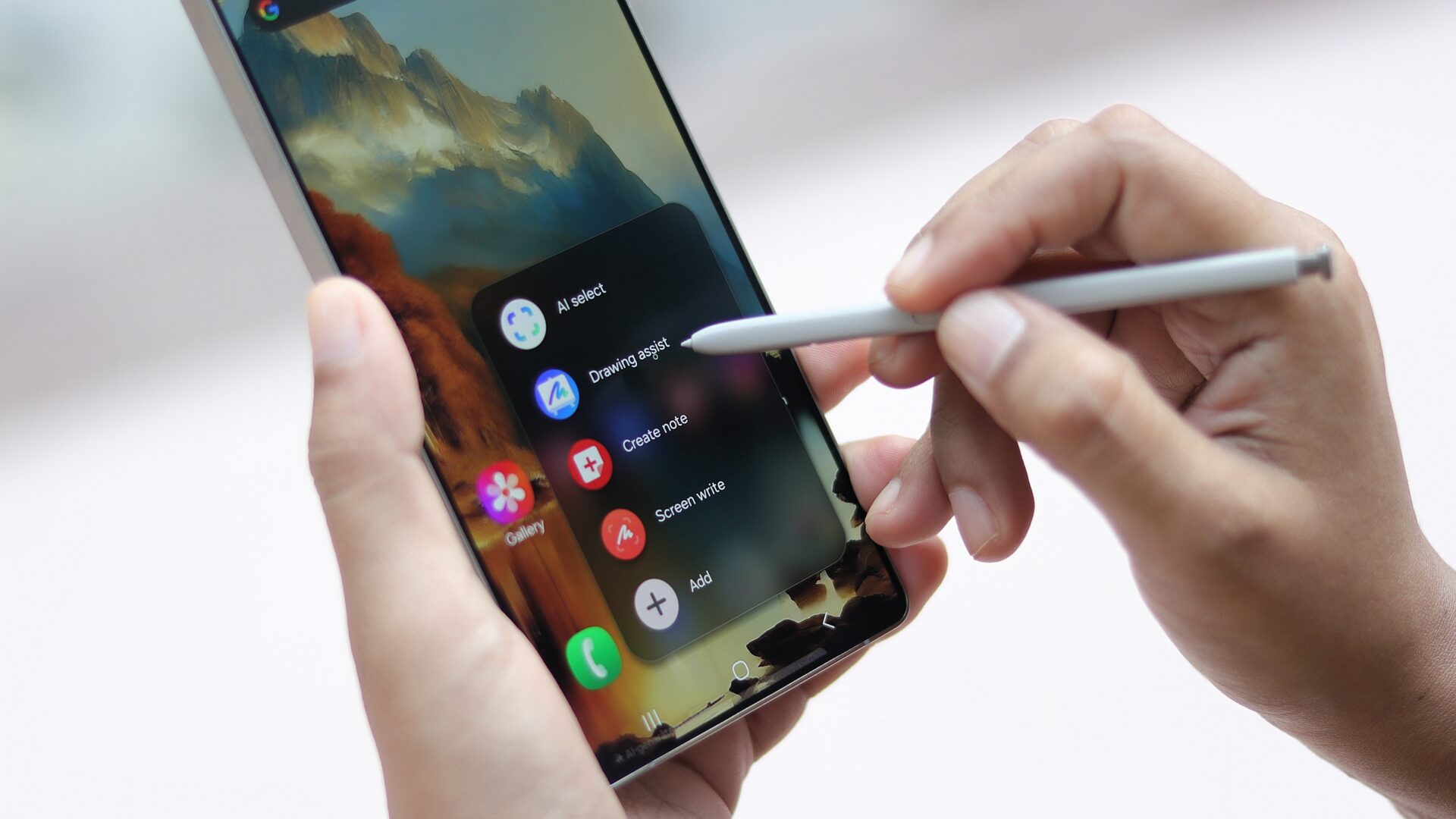I enjoyed the Nothing Phone 2. I wasn’t bothered that it wasn’t as powerful as most flagship devices at the time, and I loved that I didn’t have to pay as much. Nothing stayed within itself, delivering a phone with a clean UI and smooth performance. We waited a bit longer than expected for an encore, but the Nothing Phone 3 is finally on the way.
The Nothing Phone 3 may not be for everyone, but that’s okay. Nothing is in a position to create a niche product with a unique design, as it is not constrained by the same pressures as other Android manufacturers.
Sure, the company wants to sell a ton of phones, but it gets to have fun in the process, taking chances that would sink other companies. The Nothing Phone 3 does what Samsung can’t — and I’m here for it.
Related
Nothing Phone 3 hands-on: The ultimate expression of Nothingness
Nothing calls the Phone 3 its first true flagship phone, and it’s right, but this is no spec-heavy super phone. It’s something better
I’m sorry to see the Glyph Interface go
But I’m willing to give the Glyph Matrix a chance
The Nothing Phone 3’s Glyph Matrix
I never set up my Glyph Interface with different patterns for each contact, but I loved the visual feedback I got from across the room when I received a call or notification. I mourned the loss of notification LEDs on modern smartphones, so the Glyph Interface appealed to me.
The Glyph Matrix is different, but it’s still a way to get visual information from my phone at a glance. I appreciate a well-done always-on display, but I struggle to differentiate notifications from a few feet away, unlike with an old-school notification LED.
I’m hoping that the Glyph Matrix can be programmed to display recognizable patterns from further away, but I applaud that Nothing has included something different from other Android manufacturers.
The Nothing Phone 3’s Glyph Matrix
The Nothing Phone 3 design is also something you won’t see from Samsung anytime soon. Between its clear back and funky camera placement, the Nothing Phone 3 is an original.
I’ll admit, it’s easier to take bold design chances when you’re not one of the top-selling Android OEMs in the world, but there must be an in-between. The Samsung Galaxy S25 Ultra’s design was a snoozefest, and we saw hardly any changes from previous models.
Innovation under the hood
A silicon-carbon battery is a must-have
I’m expecting outstanding battery life from the Nothing Phone 3, thanks in part to its 5,150mAh silicon-carbon battery. I’ve heard numerous excuses as to why Samsung hasn’t adopted newer battery technology, but none of them hold water.
I find it hard to believe that a company with Samsung’s resources can’t find a safe way to fit a silicon-carbon battery inside its devices. We’ve heard rumors the Galaxy S26 may contain one, but I’ll believe it when I see it.
Nothing doesn’t have to carry the baggage of the Galaxy Note 7, freeing up the company to include the latest and greatest in its phones. Yes, the Galaxy S25 Ultra did see improved battery life from the same 5,000mAh lithium-ion cell as its predecessor, but I’m getting a full two days of use from my OnePlus 13 that features silicon-carbon tech.
If the Snapdragon 8s Gen 4 is as battery-efficient as last year’s chipset, I’m looking forward to two days of use from a single charge on the Nothing Phone 3.
Doesn’t have to be the most powerful phone
I’ll take a lower cost instead
Nothing understands that you can build a phone that provides a flagship experience without including a Snapdragon 8 Elite chipset. I’ve made the same argument about the Google Pixel lineup. Raw performance is essential in a flagship phone, but we often grossly overestimate the amount of power we need.
I don’t edit videos or photos on my phone, and I’ve yet to find a mobile game that demands the power a Snapdragon 8 Elite provides. If you’ve found a use for all that extra power, you’re going to look for a device like a Samsung Galaxy S25 Ultra.
However, for the rest of us, I’ll take the savings I get from the Nothing Phone 3, only shelling out $800 for well-designed software, a unique piece of hardware, and snappy, high-end performance.
I hope Nothing isn’t the only one
We need more companies like Nothing, not fewer. It’s only when we get devices like the Nothing Phone 3 that we see the sharp contrast to a lackluster device like the Galaxy S25 Ultra.
Yes, there are market factors involved that prevent Samsung from taking too many chances, but I refuse to believe there aren’t some avenues for boldness. The Nothing Phone 3 does what Samsung can’t — and I can’t wait to use one.
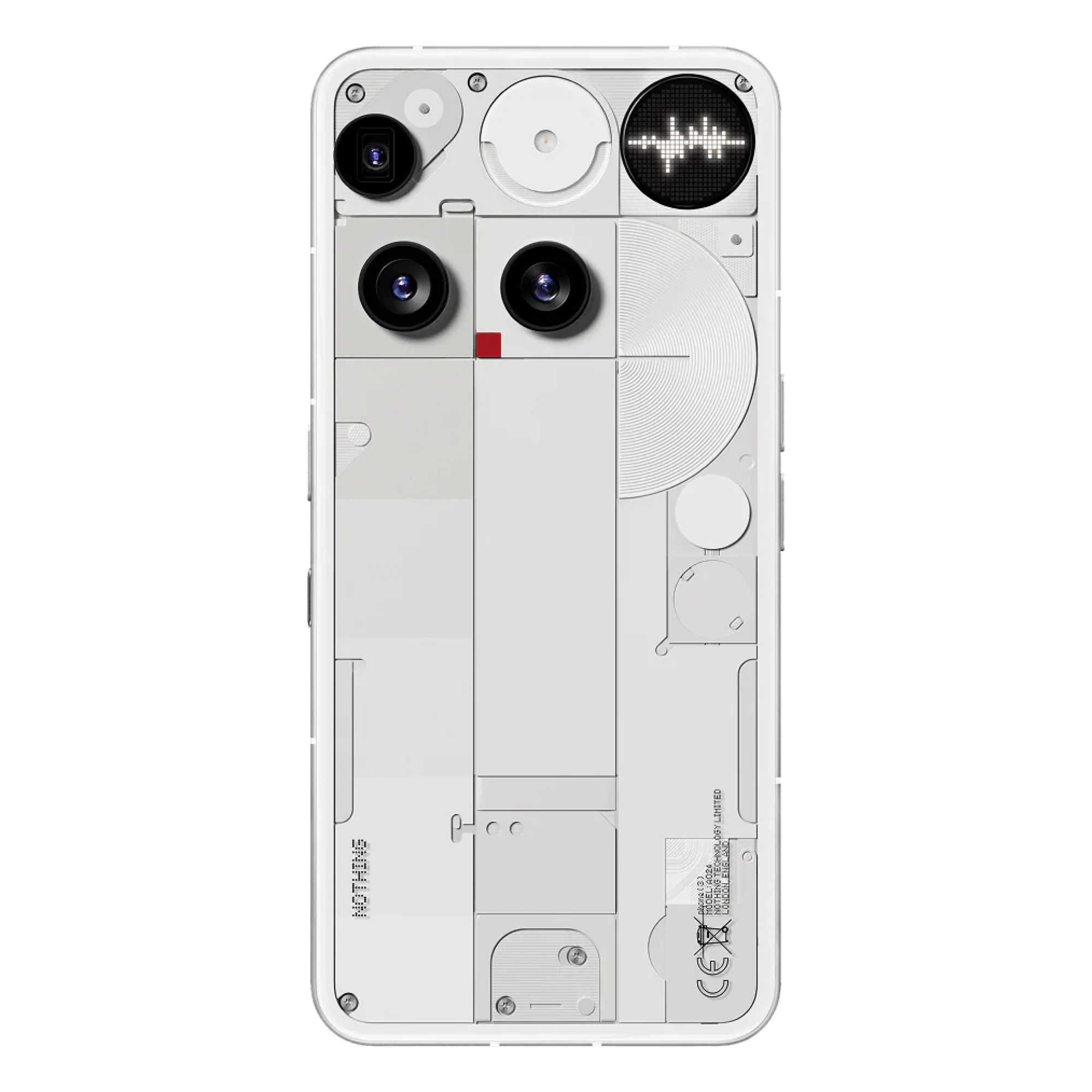
- SoC
-
Qualcomm Snapdragon 8s Gen 4
- RAM
-
12/16GB
- Storage
-
256/512GB
- Battery
-
5,150 mAh
- Ports
-
USB-C 2.0
- Operating System
-
Android 15
Nothing Phone (3) is the first “true flagship” from the London-based brand. It comes with a 6.67-inch OLED display, a Snapdragon 8s Gen 4 processor, triple 50MP rear cameras, and a 5,150mAh battery. It retains Nothing’s transparent design language and comes with an upgraded Glyph Matrix.



